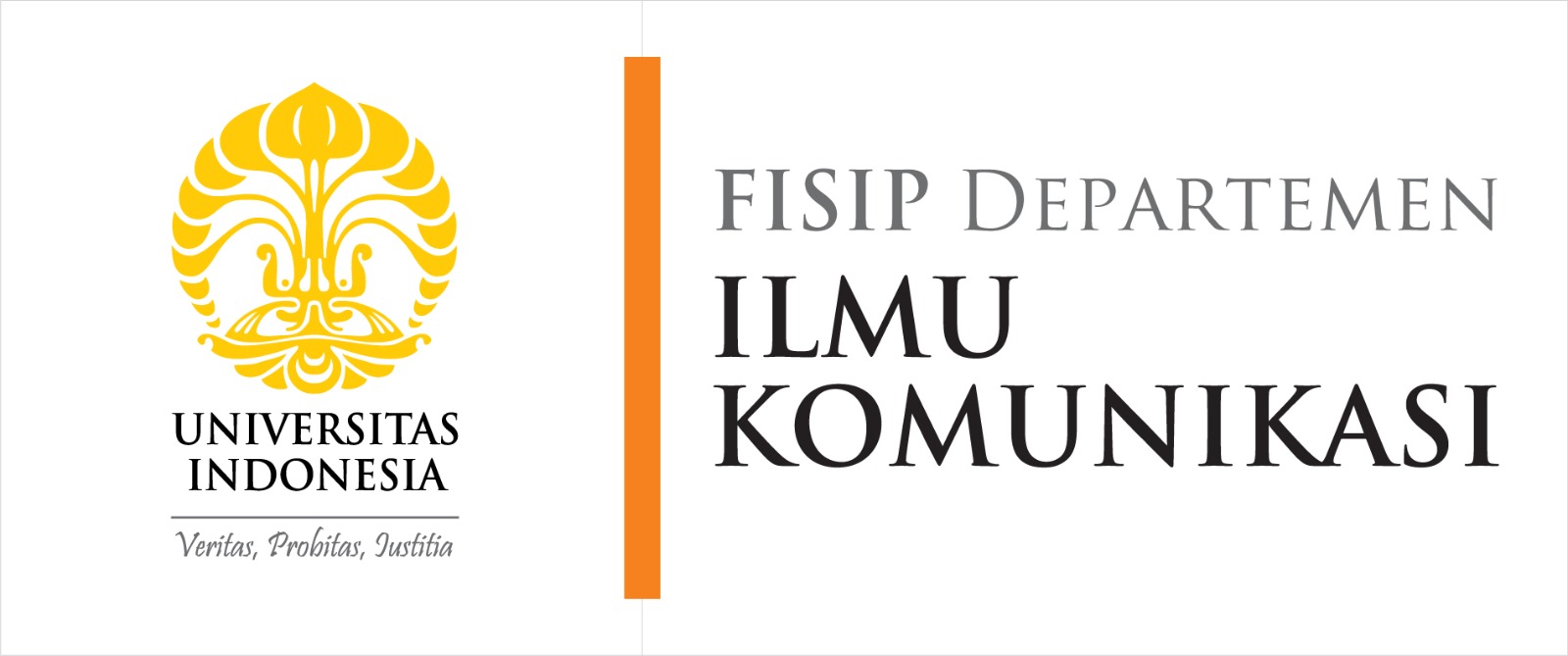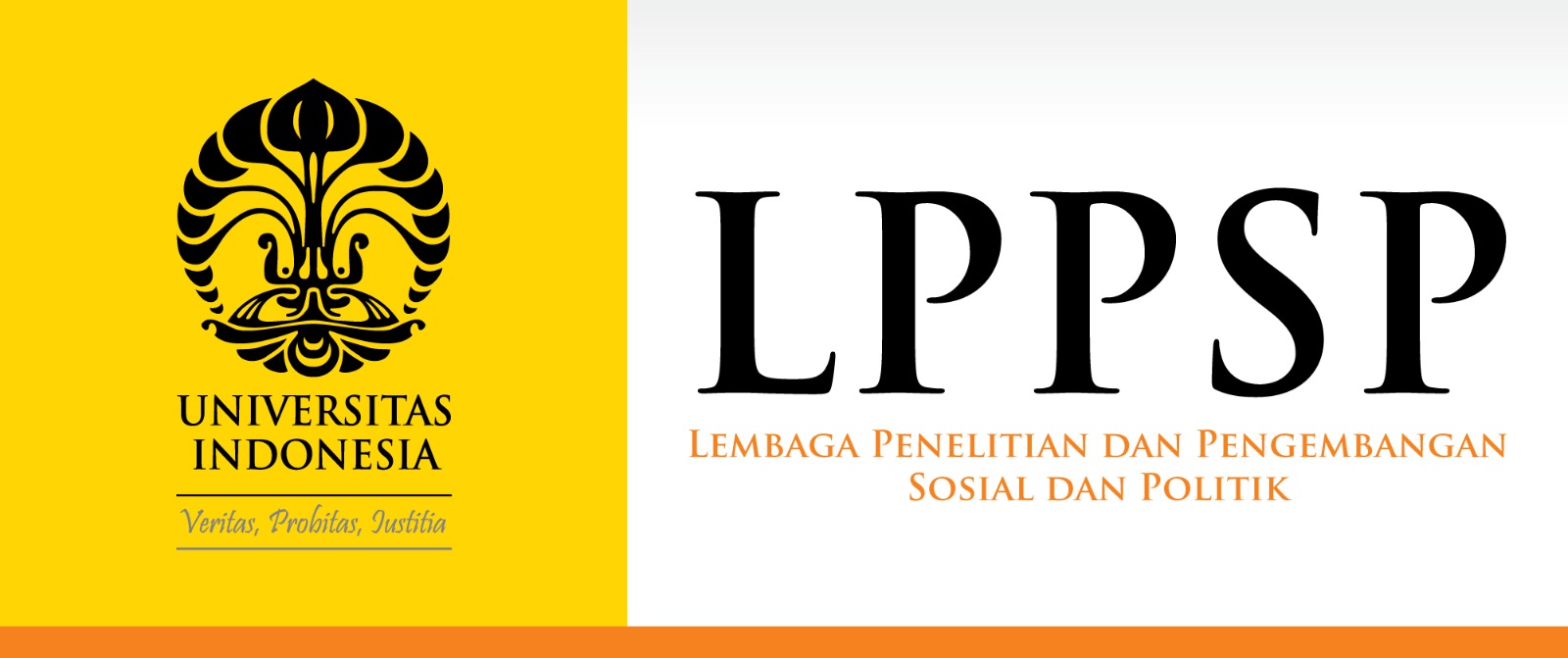JURNAL KOMUNIKASI INDONESIA
Abstract
Studi ini meneliti kondisi dan praktik hiperrealitas di antara para pemain game online Dota 2 yang menunjukkan perspektif yang disebut pasca-manusia, sebuah perspektif yang percaya bahwa kemajuan teknologi akan memudahkan kehidupan secara umum. Dalam istilah kritis, ini mengurangi akal sehat manusia karena percaya bahwa teknologi telah mengambil alih fungsi manusia. Dalam memahami konsep post-human, dalam penelitian ini, kami merujuk kondisi post-human sebagai praktik hiperrealitas dengan berfokus pada persepsi visual para pemain Dota 2 selama aktivitas permainan mereka dan makna tentang permainan video mereka. Penelitian ini menggunakan konsep simulakra, simulasi, dan hiperrealitas menurut Jean Baudrillard. Dalam kondisi hiperrealitas, representasi yang tertanam dalam otak manusia mengubah imajinasi menjadi kenyataan, yang dapat dilihat dari representasi aktualisasi diri yang dirasakan oleh masing-masing individu, dalam hal ini pemaian Dota 2. Penelitian ini dilakukan dengan menggunakan pendekatan kualitatif dan pengumpulan data yang diperoleh dari wawancara mendalam dengan empat informan, yang dipilih secara purposif, dengan dua kategori siswa dan karyawan perusahaan. Studi ini menemukan praktik hiperrealitas yang nyata dari pemain Dota 2 yang menunjukkan kondisi pasca-manusia, di mana pemain lebih nyaman untuk bersaing dan mencapai sesuatu secara virtual. Pemain Dota 2 bertindak seperti pelarian yang mengejar sesuatu yang bisa mereka banggakan bukan dari dunia nyata.
This study examines the condition and practice of hyperreality among players of online game dota 2 that demonstrates a perspective called post-human, a perspective which believes that technological advancement will ease life in general. In critical term, it diminishes human sense because it believes that technology has taken over human’s functions. In understanding the concept of post-human, in this study, we refer the post-human condition as hyperreality practice by focusing on the visual perception of dota 2 players during their gaming activities and the meaning about the video game for them. This study uses the concepts of simulacra, simulation, and hyperreality according to Jean Baudrillard. In hyperreality conditions, the representation that is embedded in human brain transforms imagination into reality, which can be seen from the representation of self-actualization felt by each individual, in this case dota 2 gamers or players. This study was conducted using qualitative approach and data collection derived from in-depth interview with four informants, who were chosen purposively, with two categories of students and corporate employees. This study finds obvious hyperreal practice of Dota 2 players that indicates post-human condition, in which players are more comfortable to compete and achieve something virtually. dota 2 players act like the escapists who pursue something they can be proud of not from the real world.
References
Baudrillard, J. (1994). Simulation and Simulacra. (Glaser, Sheila F., Trans.). Ann Arbor: The Michigan University Press.
Blaagaard, B.B. (2013). Post-Human Viewing: A Discussion of the Ethics of Mobile Phone Imagery. Visual Communication, 12(3), 359-374.
Cameron, Z. (2018, February 25). RESULTS: Virtus.pro Take down Vici Gaming to Claim Victory at ESL One Katowice. Retrieved from https://www.twingalaxies.com/feed_details.php/405/results-virtuspro-take-down-vici-gaming-to-claim-victory-at-esl-one-katowice/7
Creswell, J.W. (2010). Research Design: Pendekatan Kualitatif, Kuantitatif, dan Mixed. Yogyakarta: Pustaka Pelajar.
Davis, Z. (2017). Defense of the Ancients. Retrieved from http://www.ign.com/games/defense-of-the-ancients/mac-83235
Force Staff. Retrieved from http://www.dota2.com/items/
Funk, J. (2013, September 2). MOBA, DOTA, ARTS: A brief introduction to gaming’s biggest, most impenetrable genre. Retrieved from https://www.polygon.com/2013/9/2/4672920/moba-dota-arts-a-brief-introduction-to-gamings-biggest-most
Giddings, S. (2007). Dionysiac Machines: Videogames and the Triumph of the Simulacra. Convergence: The International Journal of Research into New Media Technologies, Vol 13(4), 417–431.
Haryatmoko. (2016). Membongkar Rezim Kepastian: Pemikiran Kritis Post-Strukturalis. Yogyakarta: Kanisius.
Haney, W. S. (2006). Cyborgs and Science Fiction: Consciousness and the Posthuman. Netherlands: Rodopi.
Jeffery, S. (2016). The Posthuman Body in Superhero Comics: Human, Superhuman, Transhuman, Post/Human. London: Palgrave MacMillan.
Mowen. (2012, Juni 25). The History of MOBA. Retrieved from http://www.mobafire.com/esports/news/the-history-of-moba-1
Nature’s Prophet. Retrieved from http://www.dota2.com/hero/furion/
Patton, M. Q. (2015). Qualitative Research and Evaluation Methods. California:
Sage Publications.
Piliang, Y.A. (2017, Januari 6). Republik Simulakra. Retrieved from http://www.pressreader.com/indonesia/kompas/20170126/282376924295590
Purge Plays Battle Cup Game 1: Lion. Retrieved from https://www.youtube.com/watch?v=Fg4_3kGw4qQ&t=891s
Spark. (2015, Juli 20). Best Dota Cosplay. Retrieved from https://www.killping.com/blog/best-dota-2-cosplay/
The International Dota 2 Championships. (2011). 2011 Dota 2 Champions. Dota 2 Official Blog. Retrieved from http://cdn.dota2.com/apps/dota2/international2011_static/index.html
The Sims 4 Overview. Retrieved from https://www.ea.com/games/the-sims/the-sims-4/pc/features/overview
Valve. (2014). Free to Play [Documentary]. United States: Valve Production.
Walbridge, M. (2008, Juni 12). Analysis: Defense of the Ancients - An Underground Revolution. Retrieved from http://www.gamasutra.com/php-bin/news_index.php?story=18863
Xia, B. Wang, H. & Zhou, R. (2017). What Contributes to Success in MOBA Games? An Empirical Study of Defense of the Ancients 2. Games and Culture, 20(10), 1-25.
Zpalanzani, A. & Piliang, Y.A. (2010). Simulacra dalam Industri Hiburan Visual: Studi Kasus Ragnarok Online. Jurnal Komunikasi Visual Wimba, Vol 2(1), 19-31.
Recommended Citation
Cempaka, Putri Surya and Haryatmoko, Johannes
(2018)
"Hyperreality Among Defense of the Ancients 2’s Players,"
JURNAL KOMUNIKASI INDONESIA: Vol. 7:
No.
3, Article 4.
DOI: 10.7454/jki.v7i3.9678
Available at:
https://scholarhub.ui.ac.id/jkmi/vol7/iss3/4
Included in
Gender, Race, Sexuality, and Ethnicity in Communication Commons, International and Intercultural Communication Commons, Social Influence and Political Communication Commons




